Advances in Pure Mathematics
Vol.3 No.3(2013), Article ID:31412,3 pages DOI:10.4236/apm.2013.33052
Resolvable Spaces and Compactifications
Department of Mathematics, Faculty of Sciences of Dammam, Girls College, University of Dammam, Dammam, KSA
Email: M3sbkh@yahoo.com, belaid412@yahoo.fr, kbelaid@ud.edu.sa
Copyright © 2013 Monerah Al-Hajri, Karim Belaid. This is an open access article distributed under the Creative Commons Attribution License, which permits unrestricted use, distribution, and reproduction in any medium, provided the original work is properly cited.
Received January 15, 2013; revised February 19, 2013; accepted March 17, 2013
Keywords: Resolvable Space; Alexandroff Compactification; Wallman Compactification
ABSTRACT
This paper deals with spaces such that their compactification is a resolvable space. A characterization of space such that its one point compactification (resp. Wallman compactification) is a resolvable space is given.
1. Introduction
In 1943, Hewitt [1] has introduced the notion of resolvable space as follows: A topological space is said to be resolvable if it has two disjoint dense subsets. Hence a topological space X is resolvable if and only if X is written as a union of two disjoint dense subsets. Hewitt in [1] has also called a topological space X maximally irresolvable if each dense subset of X is open. Nowadays, maximally irresolvable spaces are called submaximal spaces.
Recently, Belaid et al. [2], were interested in spaces such that their compactifications are submaximal. They proved that if X is a topological space and 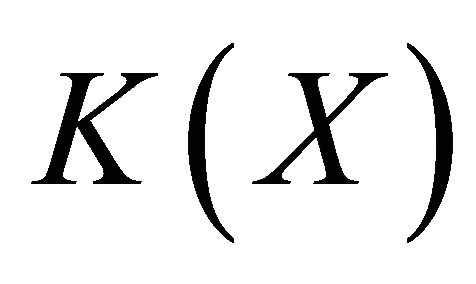 is a compactification of X, then the following statements are equivalent:
is a compactification of X, then the following statements are equivalent:
1) 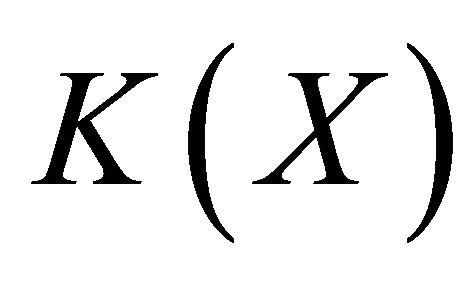 is submaximal.
is submaximal.
2) For each dense subset D of X, the following properties hold:
a) D is co-finite in K(X);
b) for each ,
, 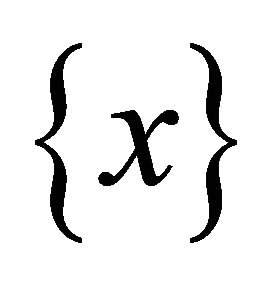 is closed.
is closed.
It is clear that a compactification of resolvable spaces is resolvable. Hence the following question is natural:
“Characterize spaces X such that a compactification 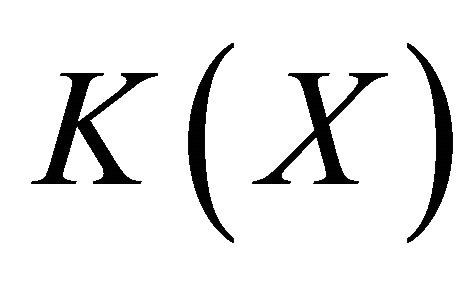 of X is a resolvable space?”
of X is a resolvable space?”
The first section is devoted to a brief study of spaces X such that their compactification is a resolvable space. The particular case of the one-point compactification is given.
The purpose of the second section is to give an intrinsic topological characterization of spaces X such that the Wallman compactification  of X is a resolvable space.
of X is a resolvable space.
2. Resolvable Space and Compactifications
First, recall that a compactification of a topological space X is a couple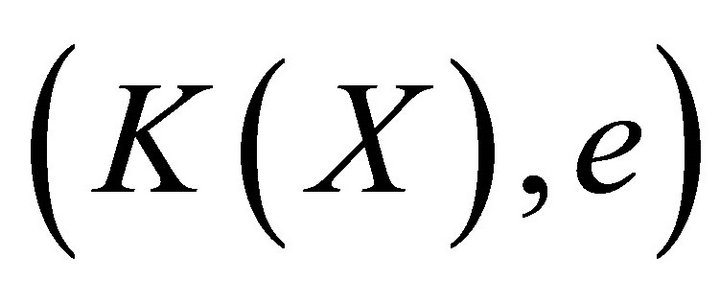 , where
, where 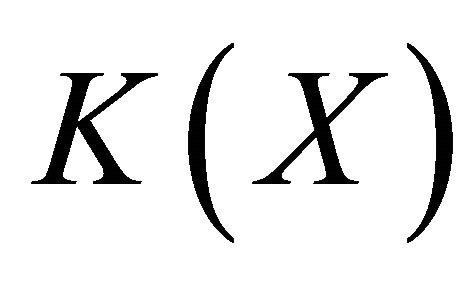 is a compact space and
is a compact space and  is a continuous embedding (e is a continuous one-to-one map and induces a homeomorphism from X onto
is a continuous embedding (e is a continuous one-to-one map and induces a homeomorphism from X onto ) such that
) such that 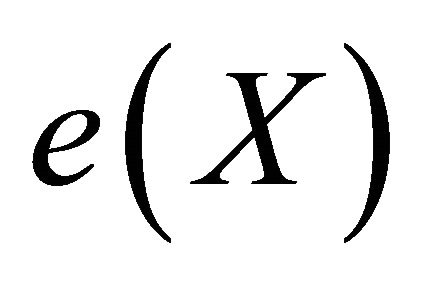 is a dense subspace of
is a dense subspace of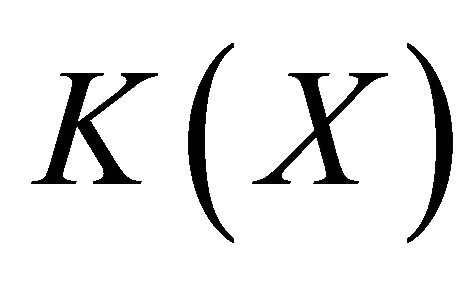 . When a compactification
. When a compactification
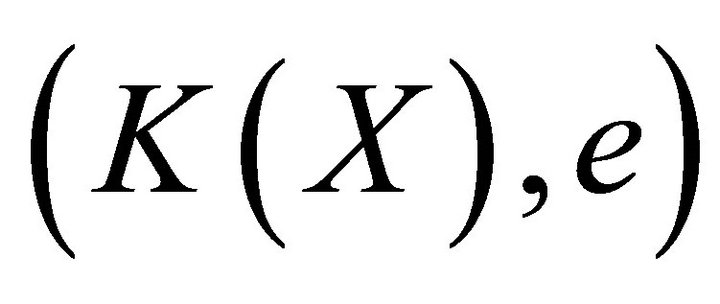 of
of 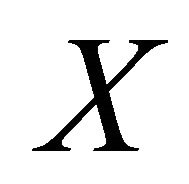 is given,
is given, 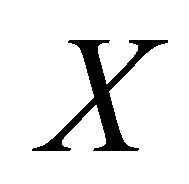 will be identified with
will be identified with 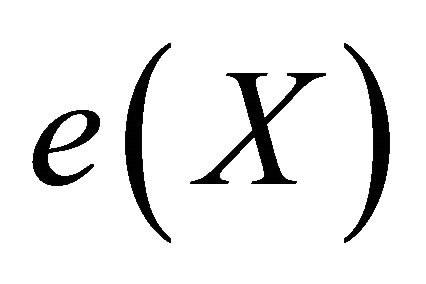 and assumed to be dense in
and assumed to be dense in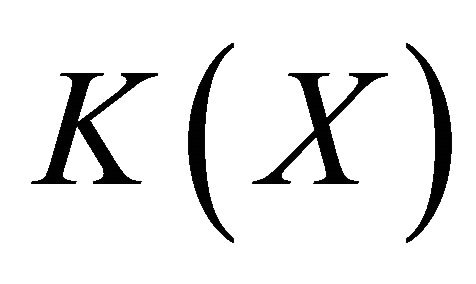 .
.
Let us give some basic facts about space such that its compactification is a resolvable space.
Lemma 2.1 Let X be a topological space, 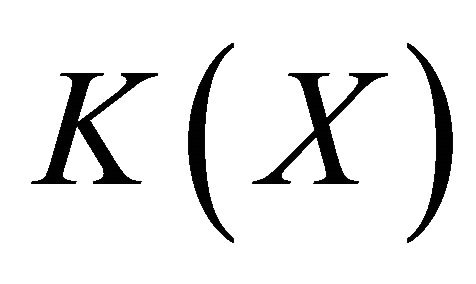 be a compactification of X and
be a compactification of X and 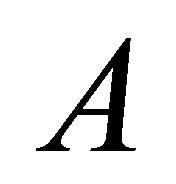 be a subset of
be a subset of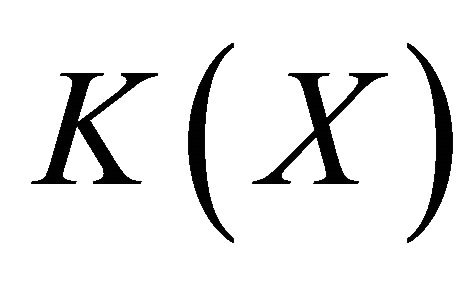 . If X is an open set of
. If X is an open set of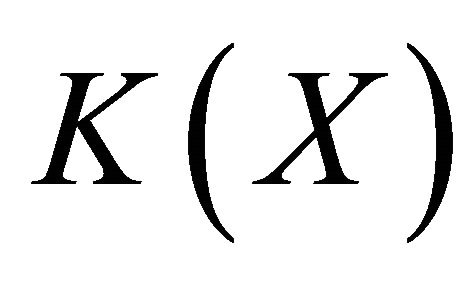 , then the following statements are equivalent:
, then the following statements are equivalent:
1) A is a dense subset of ;
;
2) 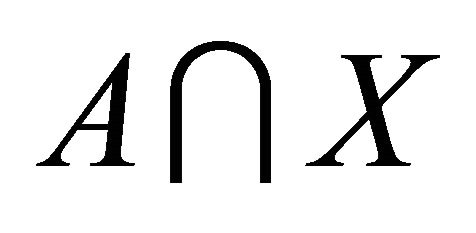 is a dense subset of
is a dense subset of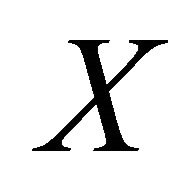 .
.
Proof. 1)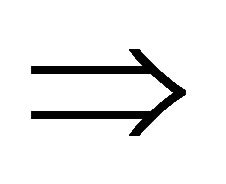 2) Let
2) Let  be an open set of
be an open set of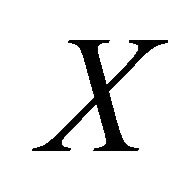 . Since
. Since 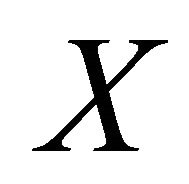 is an open set of
is an open set of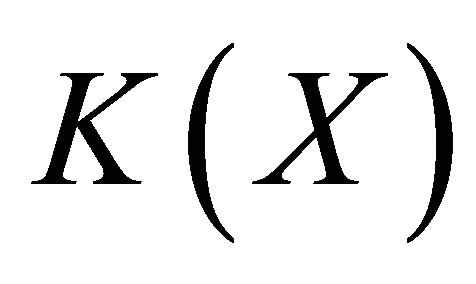 ,
,  is an open set of
is an open set of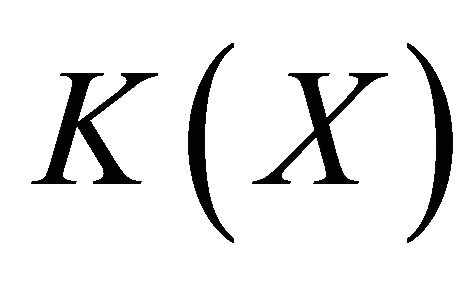 . Hence
. Hence . Thus
. Thus ; so that
; so that 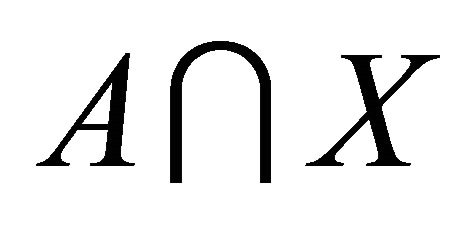 is a dense set of
is a dense set of .
.
2)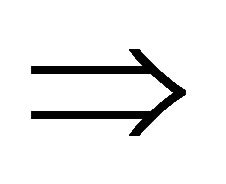 1) Let
1) Let 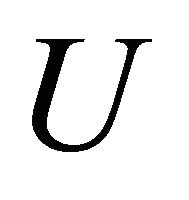 be an open set of
be an open set of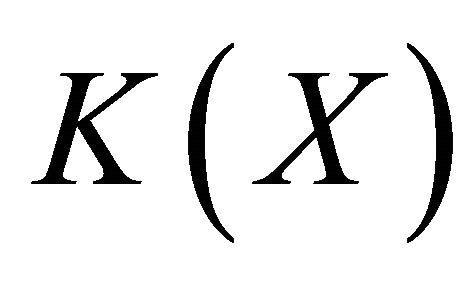 . Since
. Since  is a non-empty open set of
is a non-empty open set of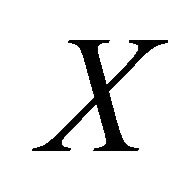 ,
,
 . Then
. Then . Therefore
. Therefore  is a dense set of
is a dense set of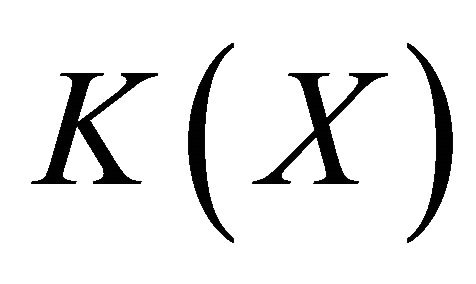 .
.
An immediate consequence of Lemma 1.1 is the following.
Proposition 2.2 Let X be a topological space and 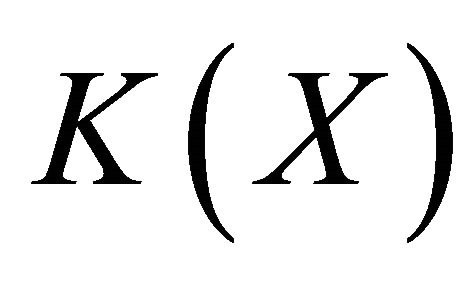 be a compactification of
be a compactification of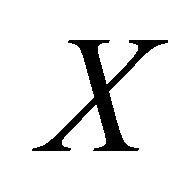 . If X is an open set of
. If X is an open set of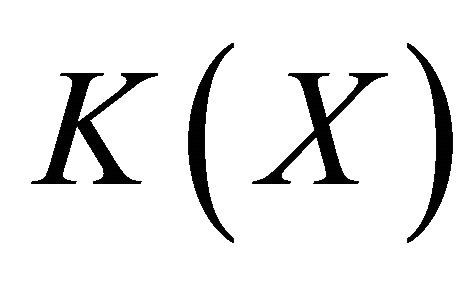 , then the following statements are equivalent:
, then the following statements are equivalent:
1) 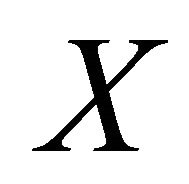 is resolvable;
is resolvable;
2) 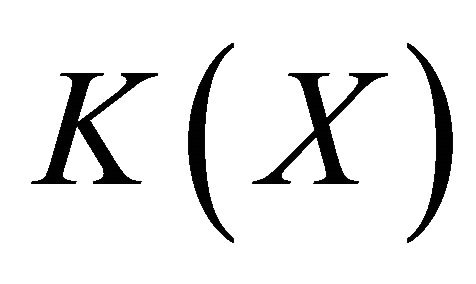 is resolvable.
is resolvable.
Let us recall the construction of the one-point compactification: For any non-compact space X the one-point compactification of 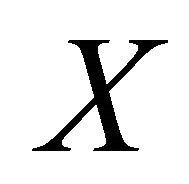 is obtained by adding one extra point
is obtained by adding one extra point 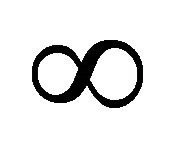 (called a point at infinity) and defining the open sets of
(called a point at infinity) and defining the open sets of  to be the open sets of X together with the sets of the form
to be the open sets of X together with the sets of the form , where
, where  is an open set of X such that
is an open set of X such that  is a closed compact set of X. The one point compactification
is a closed compact set of X. The one point compactification 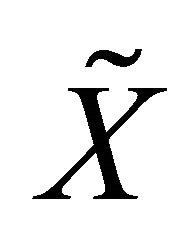 of X is also called the Alexandroff compactification of X [3].
of X is also called the Alexandroff compactification of X [3].
The following result characterizes space such that its one point compactification is a resolvable space. Its proof follows immediately from Proposition 2.2; thus it is omitted.
Proposition 2.3 Let X be a non-compact topological space. Then the following statements are equivalent:
1) The one-point compactification  of
of  is resolvable;
is resolvable;
2) 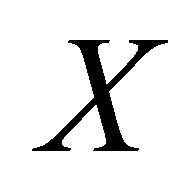 is resolvable.
is resolvable.
3. Resolvable Space and Wallman Compactification
First, recall that the Wallman compactification of 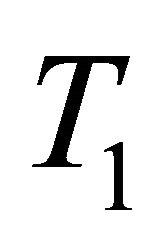 - space was introduced, in 1938, by Wallman [4] as follows:
- space was introduced, in 1938, by Wallman [4] as follows:
Let  be a class of subsets of a topological space
be a class of subsets of a topological space 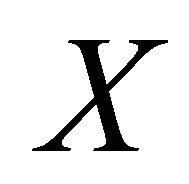 which is closed under finite intersections and finite unions.
which is closed under finite intersections and finite unions.
A  -filter on
-filter on 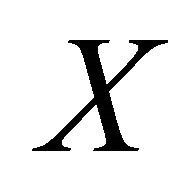 is a collection
is a collection 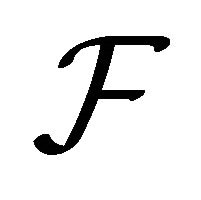 of nonempty elements of
of nonempty elements of  with the properties:
with the properties:
1)  is closed under finite intersections;
is closed under finite intersections;
2)  implies
implies .
.
A  -ultrafilter is a maximal
-ultrafilter is a maximal  -filter. When
-filter. When  is the class of closed sets of X, then the
is the class of closed sets of X, then the  -filters are called closed filters.
-filters are called closed filters.
The points of the Wallman compactification 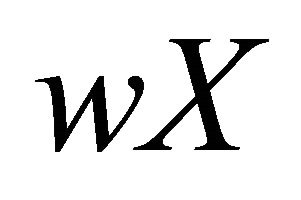 of a space
of a space 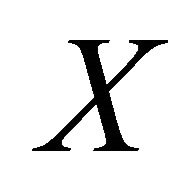 are the closed ultrafilters on
are the closed ultrafilters on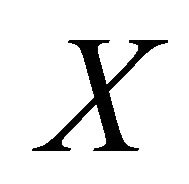 . For each closed set
. For each closed set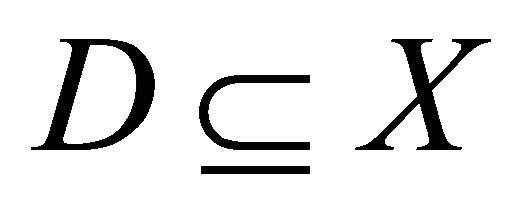 , define
, define 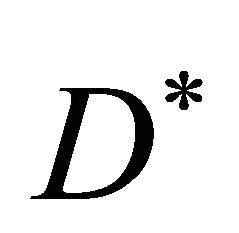 to be the set
to be the set
 . Thus
. Thus
 is a base for the closed sets of a topology on
is a base for the closed sets of a topology on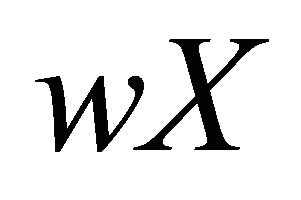 .
.
Let 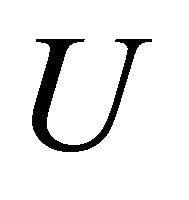 be an open set of
be an open set of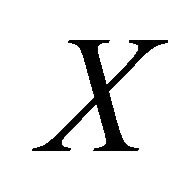 , we define
, we define
 , it is easily seen that the class
, it is easily seen that the class  is a base for open sets of the topology of
is a base for open sets of the topology of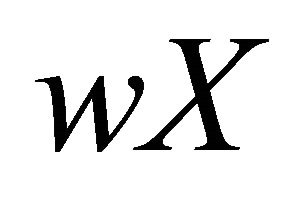 . The following properties of
. The following properties of  are frequently useful:
are frequently useful:
Proposition 3.1 Let 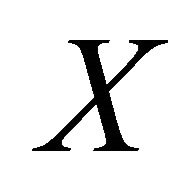 be a
be a  -space and
-space and 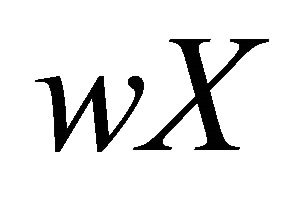 the Wallman compactification of
the Wallman compactification of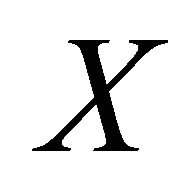 . Then the following statements hold:
. Then the following statements hold:
1) 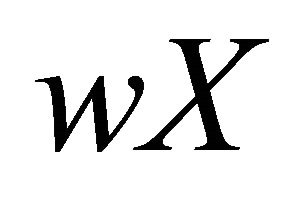 is a
is a  -space;
-space;
2) For  and
and
 . Then
. Then  is an embedding of X into
is an embedding of X into 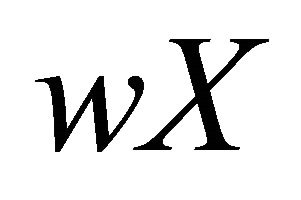 (
(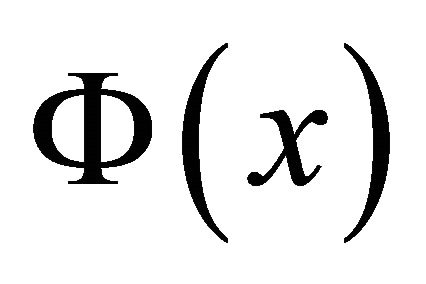 will be identified to
will be identified to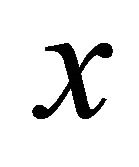 ).
).
3) If 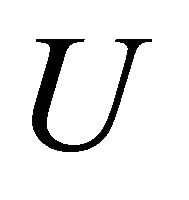 is an open set of
is an open set of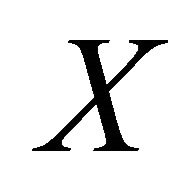 , then
, then
 .
.
4) If 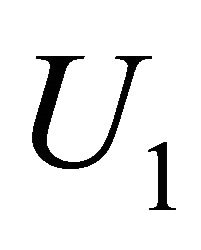 and
and 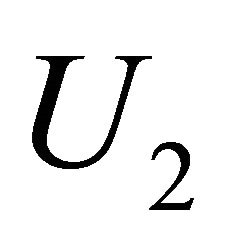 are two open sets of
are two open sets of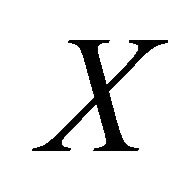 , then
, then  and
and .
.
Recall that Kovar in [5] has characterized space with finite Wallman compactification remainder as following:
Proposition 3.2 Let 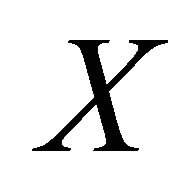 be a
be a 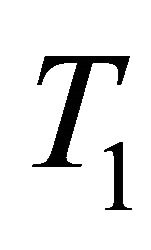 -space. Then the following statements are equivalent:
-space. Then the following statements are equivalent:
1) ;
;
2) There exists a collection of 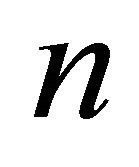 pairwise disjoint non-compact closed sets of X and every family of noncompact pairwise disjoint closed sets of X contain at most
pairwise disjoint non-compact closed sets of X and every family of noncompact pairwise disjoint closed sets of X contain at most 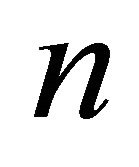 elements.
elements.
The following proposition follows immediately from Proposition 3.2 and Proposition 3.1-1).
Proposition 3.3 Let X be a 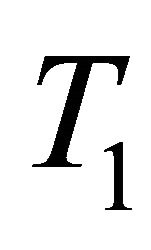 -space and
-space and  such that every family of non-compact pairwise disjoint closed sets of X contains at most
such that every family of non-compact pairwise disjoint closed sets of X contains at most 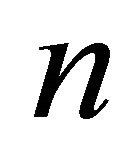 elements. Then X is resolvable if and only if
elements. Then X is resolvable if and only if 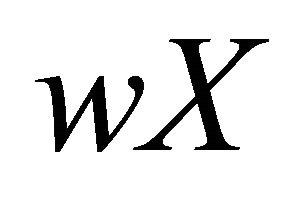 is resolvable.
is resolvable.
The following lemma has been given in [2] as Remark 4.5 and Remark 4.9.
Lemma 3.4 Let X be a  -space. Then the following properties hold:
-space. Then the following properties hold:
1) If  is a closed non-compact subset of
is a closed non-compact subset of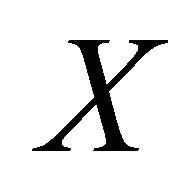 , then there exists
, then there exists  such that
such that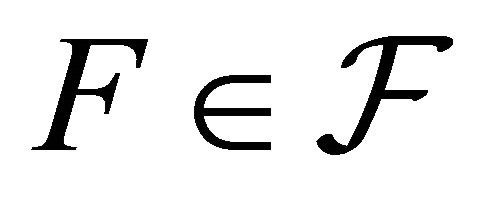 .
.
2) . Then for each
. Then for each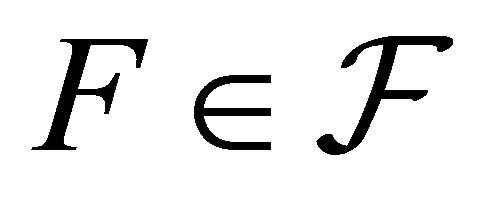 ,
,  is a non-compact closed set of
is a non-compact closed set of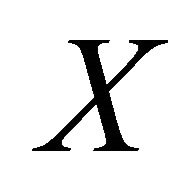 .
.
The following result is an immediate consequence of Lemma 3.4.
Corollary 3.5 Let X be a 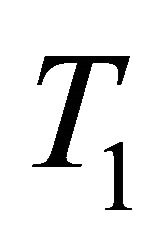 -space,
-space, 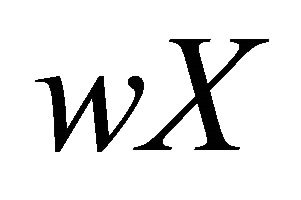 be the Wallman compactification of X and
be the Wallman compactification of X and  be an open set of X. Then the following statements are equivalent:
be an open set of X. Then the following statements are equivalent:
1)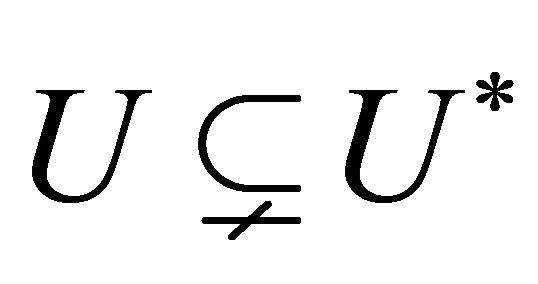 ;
;
2) There exists a non compact closed set  of
of 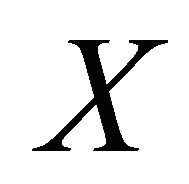 such that
such that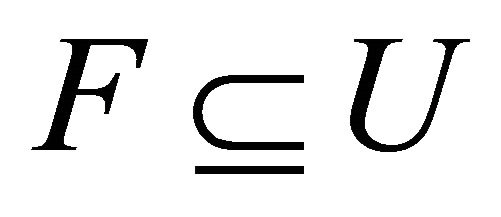 .
.
Now, we are in a position to give a characterization of spaces such that their Wallman compactification is resolvable.
Theorem 3.6 Let X be a 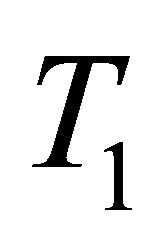 -space. Then the following statements are equivalent:
-space. Then the following statements are equivalent:
1) The Wallman compactification 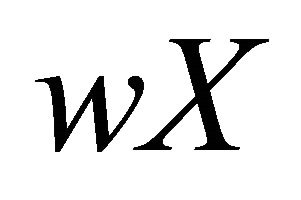 of X is resolvable;
of X is resolvable;
2) There exist two disjoint subsets 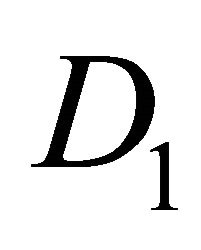 and
and 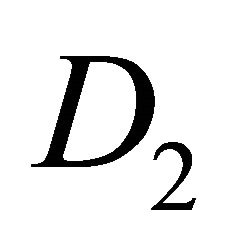 of X such that:
of X such that:
a) .
.
b) For  and for each non empty open set
and for each non empty open set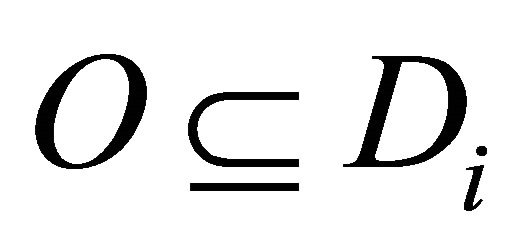 , there exists a non compact closed set
, there exists a non compact closed set  of
of  such that
such that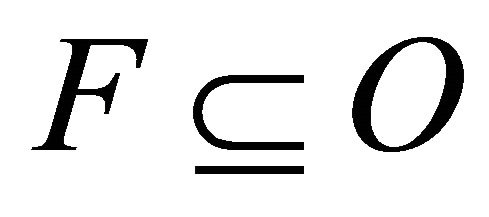 .
.
Proof. 1)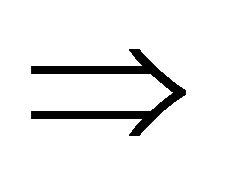 2) Since
2) Since 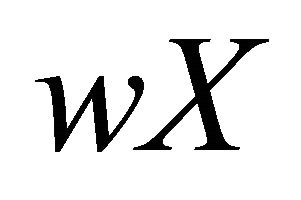 is a resolvable space, there exist two disjoint dense sets A1 and A2 of
is a resolvable space, there exist two disjoint dense sets A1 and A2 of  such that
such that 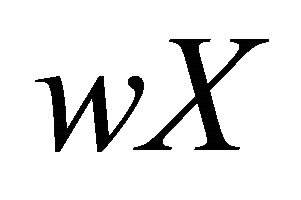 is the union of A1 and A2. Set
is the union of A1 and A2. Set  and
and .
.
Let 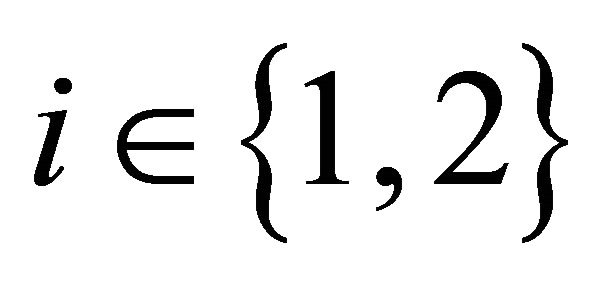 and
and  be a non empty open set of
be a non empty open set of 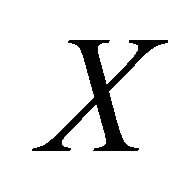 such that
such that . Set
. Set  such that
such that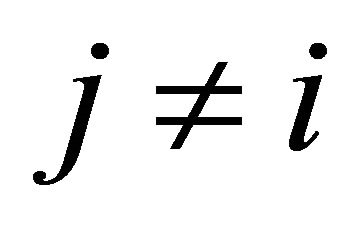 . Since
. Since 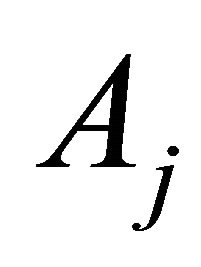 is a dense subset of
is a dense subset of ,
, . Now,
. Now,
 implies that
implies that
 . It follows that there exists
. It follows that there exists
 , and thus
, and thus . According to Corollary C4 there exists a non compact closed set
. According to Corollary C4 there exists a non compact closed set  of
of  such that
such that 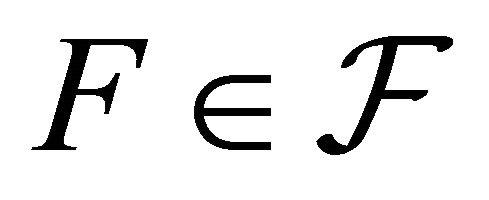 and
and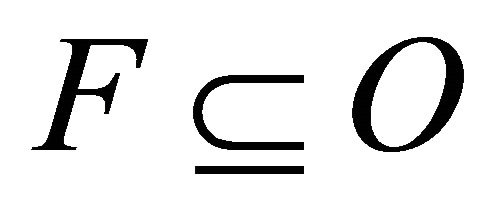 .
.
2) 1) Let
1) Let  be two disjoint subsets of
be two disjoint subsets of  satisfying the condition b) and such that
satisfying the condition b) and such that . Let
. Let 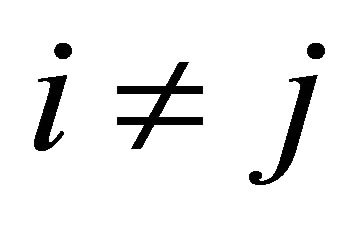 in
in 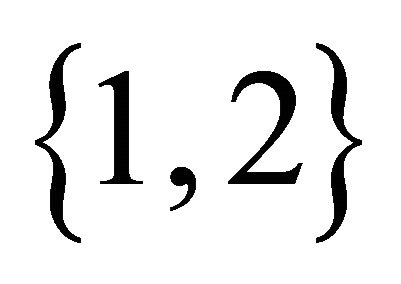 and we define
and we define

It is immediate that .
.
Now, let  be a open set of
be a open set of . We consider two cases:
. We consider two cases:
Case 1: . Then
. Then . So
. So
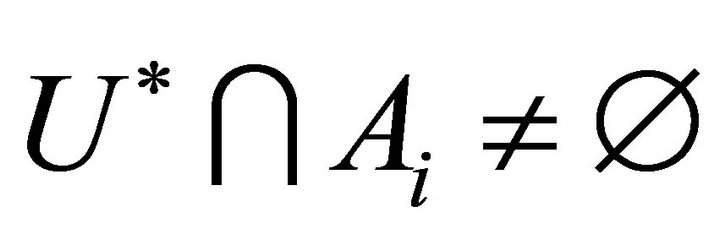 .
.
Case 2: . Then
. Then . By condition b), there exists a non compact closed F of X such that
. By condition b), there exists a non compact closed F of X such that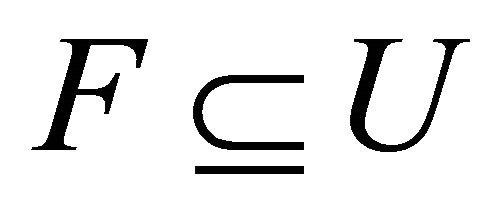 . Let
. Let  such that
such that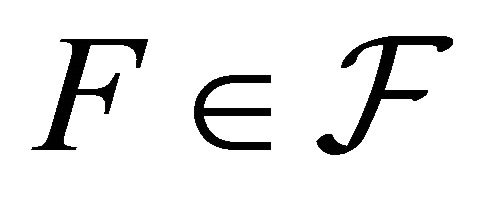 . Hence
. Hence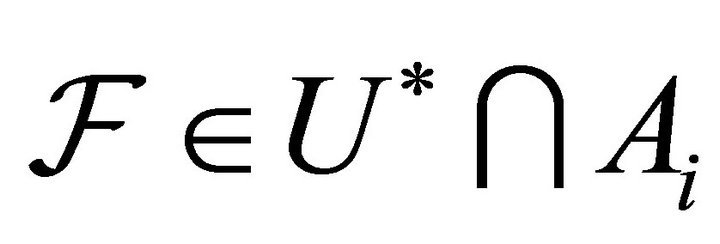 . Thus
. Thus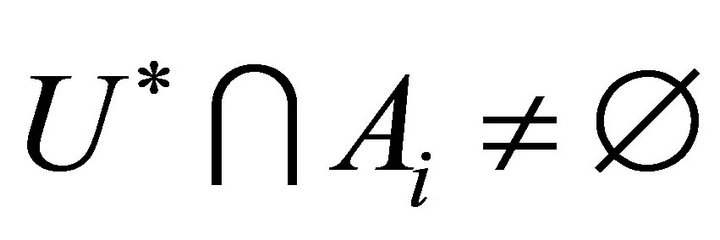 .
.
Therefore 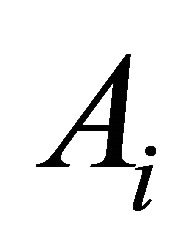 is a dense set of
is a dense set of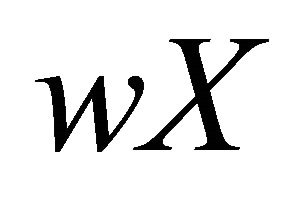 ; so that
; so that 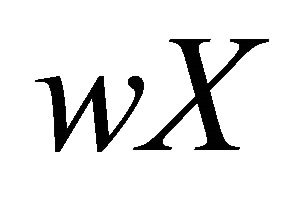 is a resolvable space.
is a resolvable space.
Example 3.7 Let  be the set of all rational numbers equipped with the natural topology
be the set of all rational numbers equipped with the natural topology . Let
. Let
 equipped with the topology
equipped with the topology
 . It is immediate that the topological space
. It is immediate that the topological space 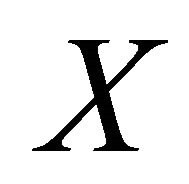 satisfies the condition 2) of the Theorem 2.6. Then
satisfies the condition 2) of the Theorem 2.6. Then 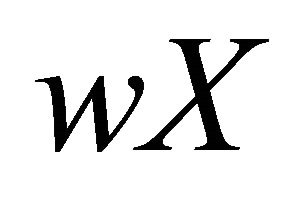 is a resolvable space.
is a resolvable space.
The previous result incites us to ask the following question.
Question 3.8 Let X be a space. We denote by 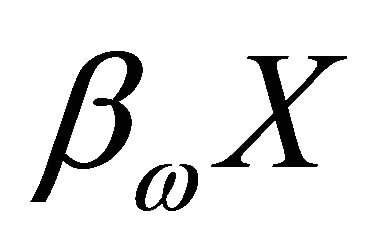 (resp.
(resp.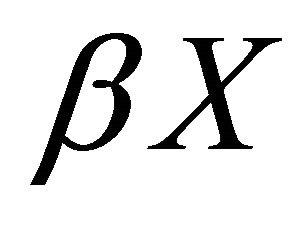 ) the
) the  -compactifcation of X introduced by Herrlich in [6] (resp. the Stone Cech compactification). When is
-compactifcation of X introduced by Herrlich in [6] (resp. the Stone Cech compactification). When is 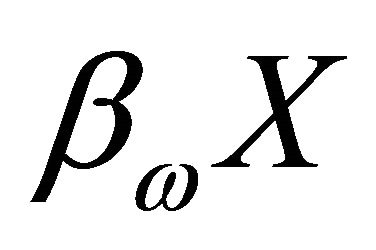 (resp.
(resp.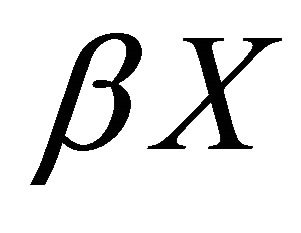 ) a resolvable space?
) a resolvable space?
4. Acknowledgements
This paper has been supported by deanship of scientific research of University of Dammam under the reference 2011085.
REFERENCES
- E. Hewitt, “A Problem of Set Theoretic Topology,” Duke Mathematical Journal, Vol. 10, No. 2, 1943, pp. 309-333. doi:10.1215/S0012-7094-43-01029-4
- K. Belaid, L. Dridi and O. Echi, “Submaximal and Door Compactifications,” Topology and Its Applications, Vol. 158, No. 15, 2011, pp. 1969-1975. doi:10.1016/j.topol.2011.06.039
- J. L. Kelly, “General Topology,” D. Van. Nostrand Company, Inc., Princeton, 1955.
- H. Wallman, “Lattices and Topological Spaces,” Annals of Mathematics, Vol. 39, No. 1, 1938, pp. 112-126. doi:10.2307/1968717
- M. M. Kovar, “Which Topological Spaces Have a Weak Reflection in Compact Spaces?” Commentationes Mathematicae Universitatis Carolinae, Vol. 36, No. 3, 1995, pp. 529-536.
- H. Herrlich, “Compact T0-Spaces and T0-Compactifications,” Applied Categorical Structures, Vol. 1, No. 1, 1993, pp. 111-132. doi:10.1007/BF00872990

